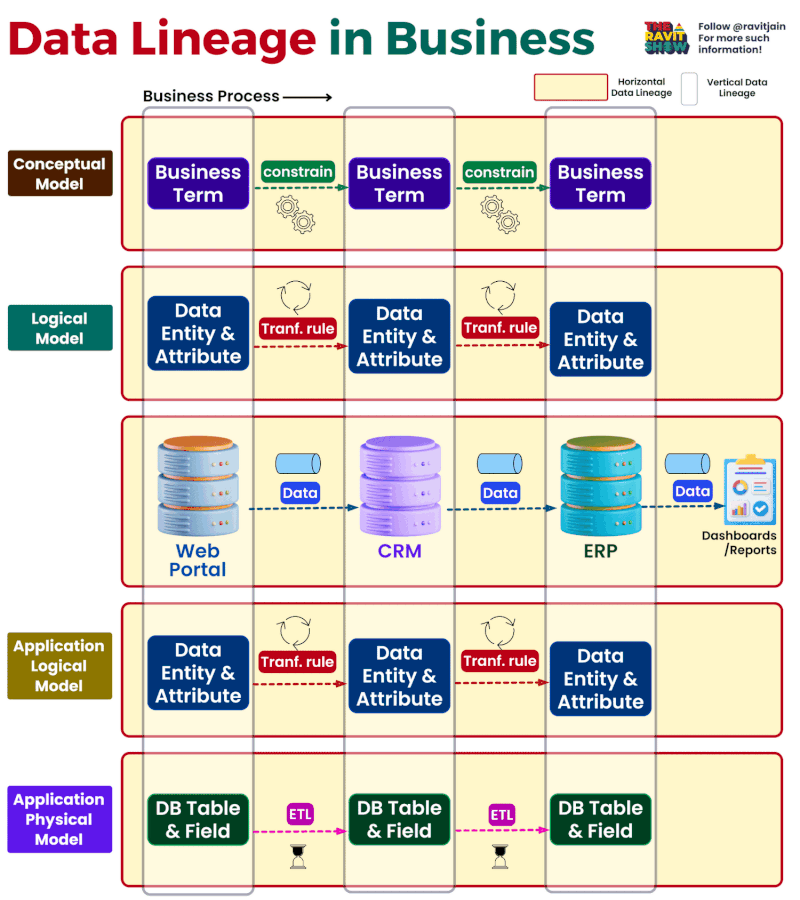Unravel the mysteries of data lineage and trace the origins of your data with this insightful exploration into data origins.
Table of Contents
Hey there, fellow teachers turned data analysts! Today, we’re diving into the fascinating world of data lineage. Have you ever stopped to wonder where your data comes from or how it’s transformed along the way? Well, you’re in the right place because we are demystifying data lineage right here and now. Let’s buckle up and explore the journey of your data!
What is Data Lineage?
First things first, let’s define what data lineage actually is. Data lineage refers to the complete journey of your data, from its source to its destination. It tracks how data moves, changes, and transforms within various systems and processes. Understanding data lineage is crucial for ensuring data quality, compliance, and trustworthiness.
Why is Data Lineage Important?
Now that we know what data lineage is, let’s talk about why it’s so important. By having a clear understanding of data lineage, you can:
- Ensure data accuracy and reliability
- Trace data back to its source in case of errors or discrepancies
- Comply with data regulations and policies
- Improve data governance and transparency
Tips for Managing Data Lineage
Managing data lineage can seem like a daunting task, but fear not! Here are some tips to help you navigate and effectively manage data lineage:

Image courtesy of via Google Images
Document Every Step
Make sure to document every step of the data journey, from data extraction to transformation and loading. Doing so will help you have a clear visualization of the data lineage.
Use Data Lineage Tools
There are several data lineage tools available that can automate the tracking and documentation of data lineage. Consider investing in one of these tools to streamline your data lineage management process.
Establish Data Ownership
Assign clear data ownership roles within your organization to ensure accountability and responsibility for managing data lineage. When everyone understands their role in the data lineage process, it becomes easier to track and monitor data movements.
Regularly Audit Data Lineage
Perform regular audits of your data lineage to identify any discrepancies or inconsistencies. By reviewing and validating data lineage periodically, you can ensure the accuracy and reliability of your data.
Wrap Up
And there you have it, teachers-turned-data-analysts! Data lineage may seem complex at first, but with the right understanding and tools in place, you can effectively manage and utilize it to ensure the quality and reliability of your data. Remember, knowing where your data comes from is just as important as analyzing it. Stay curious, stay informed, and keep exploring the world of data analytics!

